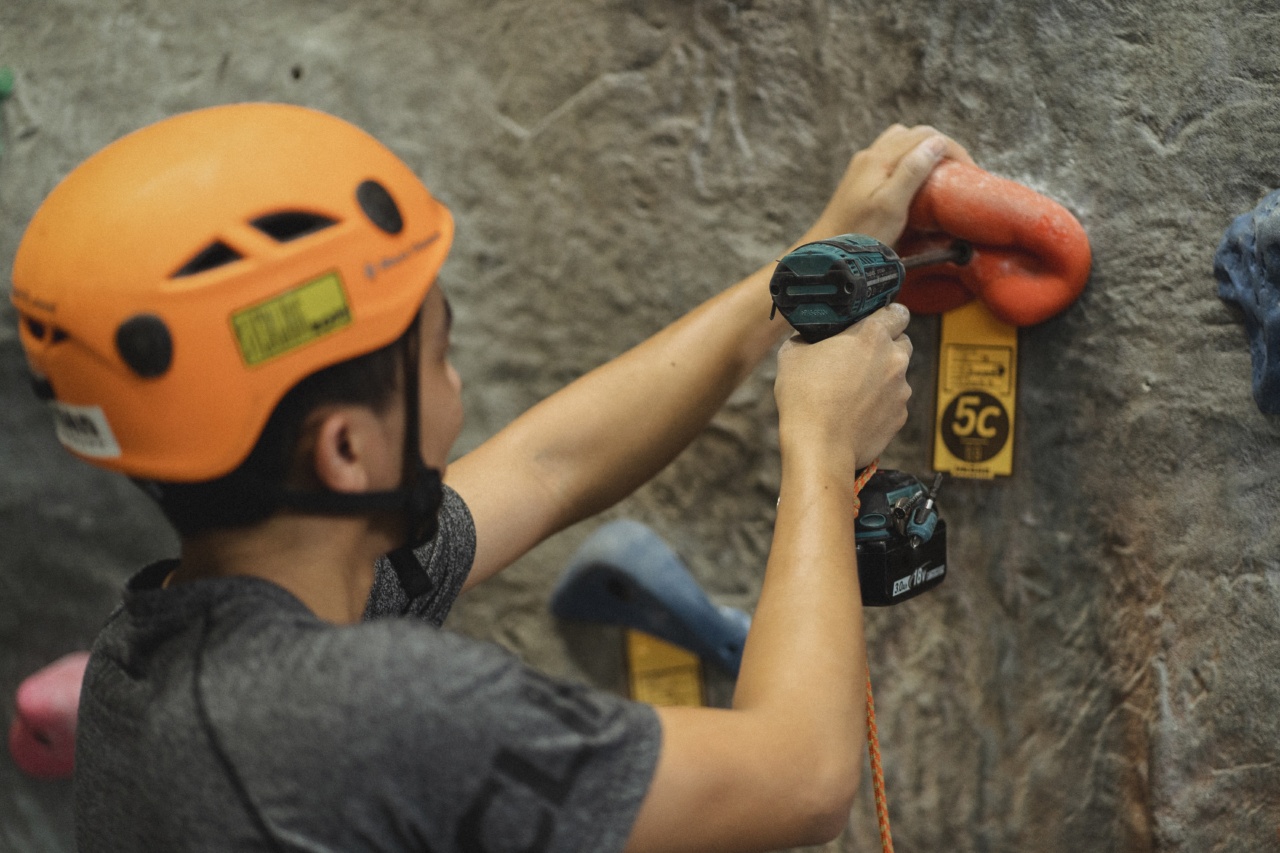Robot-assisted hernia repair is a surgical procedure that combines the use of advanced robotic technology with traditional surgical techniques to treat hernias.
Hernias occur when an internal organ or tissue pushes through a weak spot in the surrounding muscle or connective tissue. This can result in discomfort, pain, and potential complications if left untreated.
How Robot-Assisted Hernia Repair Works
In a robot-assisted hernia repair, a surgeon operates a robotic system from a console, controlling robotic arms with precision and flexibility.
The robotic arms hold surgical instruments and a high-definition camera, allowing the surgeon to visualize the surgical site in detail. The surgeon makes small incisions in the patient’s abdomen to insert the robotic arms and instruments, which are guided by the surgeon’s hand movements at the console.
The Benefits of Robot-Assisted Hernia Repair
Robot-assisted hernia repair offers several advantages over traditional open or laparoscopic surgery:.
- Precise Instrument Movement: The robotic arms provide enhanced dexterity and precision, allowing for more precise movements during the surgery.
- Improved Visualization: The high-definition camera provides a magnified view of the surgical site, enabling the surgeon to see fine details more clearly.
- Reduced Invasiveness: Robot-assisted surgery typically involves smaller incisions compared to open surgery. This can lead to less pain, reduced scarring, and quicker recovery times for patients.
- Reduced Blood Loss: The robotic system’s instruments can be controlled with greater delicacy, minimizing the risk of excessive bleeding during the procedure.
Insurance Coverage for Robot-Assisted Hernia Repair
The availability and extent of insurance coverage for robot-assisted hernia repair may vary depending on several factors:.
1. Insurance Provider
Insurance coverage for robot-assisted hernia repair may depend on the specific insurance provider.
Some insurance companies may offer coverage for this procedure as part of their standard plans, while others may consider it an elective or investigational procedure that requires additional approval.
2. Policy Coverage
Individual insurance policies may differ in their coverage for robot-assisted hernia repair.
It is important to review the policy documentation or contact the insurance provider directly to understand the coverage details, including any limitations, copayments, or deductibles that may apply.
3. Medical Necessity
Insurance coverage for robot-assisted hernia repair may depend on the determination of medical necessity.
The insurance provider may require documentation from the surgeon justifying the use of robotic technology for the specific hernia repair procedure. This documentation typically includes information about the patient’s condition, failed attempts at other treatment methods, and the expected benefits of robot-assisted surgery.
4. In-Network vs. Out-of-Network Providers
Insurance coverage may also vary depending on whether the surgeon and healthcare facility are in-network or out-of-network providers. In-network providers typically have a pre-negotiated fee schedule, which may impact the amount covered by insurance.
Out-of-network providers may result in higher out-of-pocket expenses for the patient, depending on the insurance plan.
5. Prior Authorization
Prior authorization is sometimes required by insurance providers before they will cover robot-assisted hernia repair.
The surgeon or healthcare facility may need to submit additional documentation to the insurance company to obtain approval for the procedure.
6. Cost Comparison
It is essential to compare the costs of robot-assisted hernia repair with other surgical techniques, such as laparoscopic or open surgery.
Insurance providers may have different coverage rates or limitations for each procedure, and patients should consider both the potential benefits and financial implications of the chosen approach.
7. Patient Advocacy
If insurance coverage for robot-assisted hernia repair is initially denied, patients can advocate for themselves by providing additional documentation, seeking a second opinion, or appealing the insurance provider’s decision.
Working closely with the surgeon and insurance company can help navigate the coverage process and potentially secure coverage for the procedure.
Conclusion
Robot-assisted hernia repair is a minimally invasive surgical technique that can offer several advantages over traditional approaches. However, the extent of insurance coverage for this procedure can vary.
Patients should discuss their insurance coverage options with their healthcare providers and insurance companies to make informed decisions about their treatment.


























